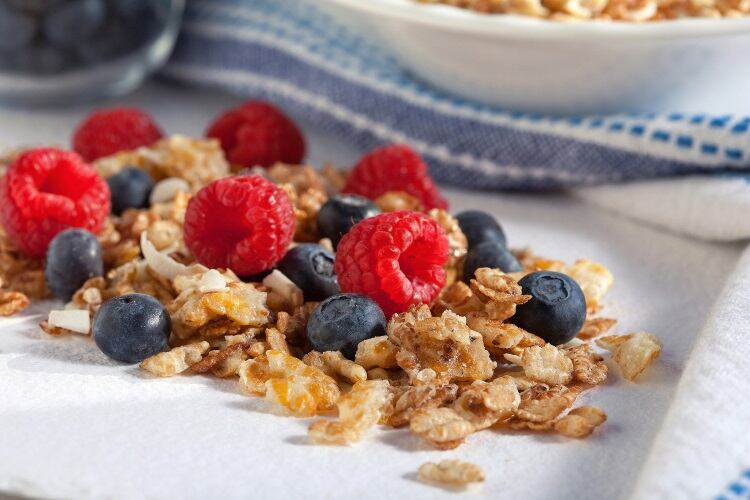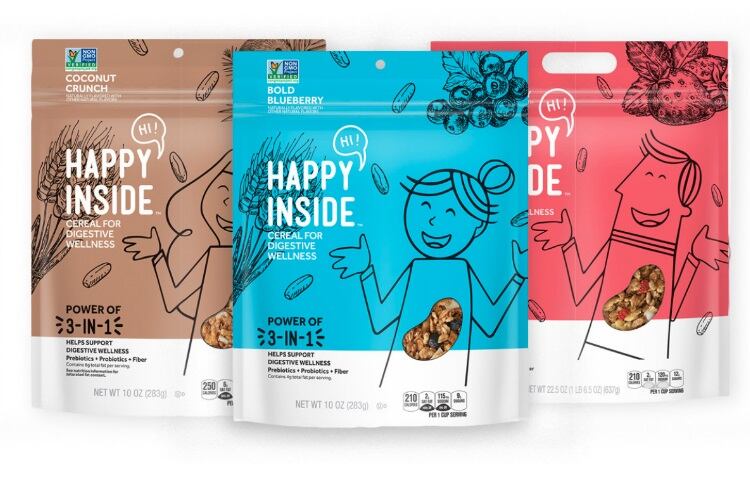The breakfast cereal giant has incorporated the new varietal – called Waxy-Pen – as the main ingredient in its Hi! Happy Inside cereal, launched last year and targeted at consumers in search of enhancing their overall health and specifically, their gut health.
The new wheat cultivar is a soft white spring wheat with a unique starch content that the ARS researchers claim opens the door to novel food uses.
Full waxy

Soft white wheat is typically used to make cookies, cakes, udon noodles, flatbreads and other Asian or Middle Eastern baked goods. The wheat’s starch consists of two kinds of glucose polymer: a branched form called amylopectin, and a straight-chain form called amylose.
Craig Morris, a research chemist at the ARS Western Wheat Quality Laboratory – part of the Wheat Health, Genetics, and Quality Research Unit – and his team spent more than a decade of conventional breeding to create a wheat kernel with a starch composition that contains 100% amylopectin. Normal wheat kernels typically contain about 75% amylopectin.
According to Morris, Waxy-Pen is the first commercially available, soft white spring wheat that contains 100% amylopectin starch, a trait known as ‘full-waxy’.
Waxy starch gels form a paste at lower temperatures and swell with more water than regular or partially waxy wheat starches (those containing less than 25% amylose).
They also do not lose water upon exposure to freezing and thawing. Food-bodying agents, shelf-life extenders and shortening replacement are some potential uses envisioned for full-waxy starches, including those from rice, corn and barley.
“Waxy starch has dramatically different processing properties, such as lower gelatinisation temperature and higher water swelling. It puffs really well, with large expansion and crispy texture,” said Morris.
The researchers developed the new wheat using conventional plant breeding techniques that enabled them to combine three deficient forms of the gene for granule-bound starch synthase (GBSS), the enzyme responsible for making amylose. Since the deficient forms cannot make GBSS, no amylose is made either.
Kellogg colloaboration
Waxy-Pen was initially released in 2006 – then named Penawawa-X – and Morris approached numerous bakers, millers and food companies to explore possible uses for Waxy-Pen.
Ultimately, Kellogg’s came on board and this month, rolled out the whole-grain ingredient in its Hi! Happy Inside cereal.
ARS is the U.S. Department of Agriculture’s chief scientific research agency.




